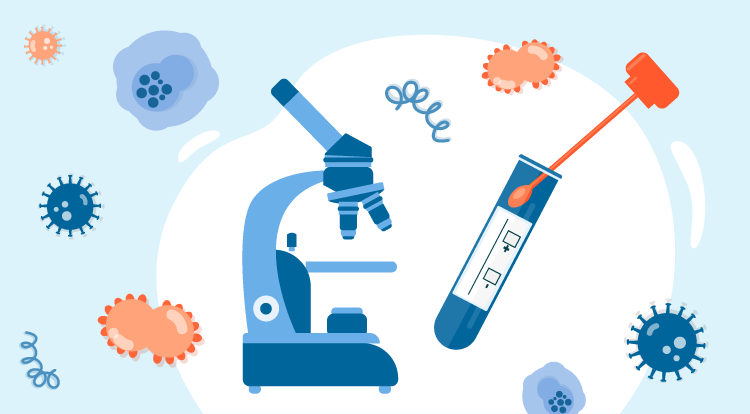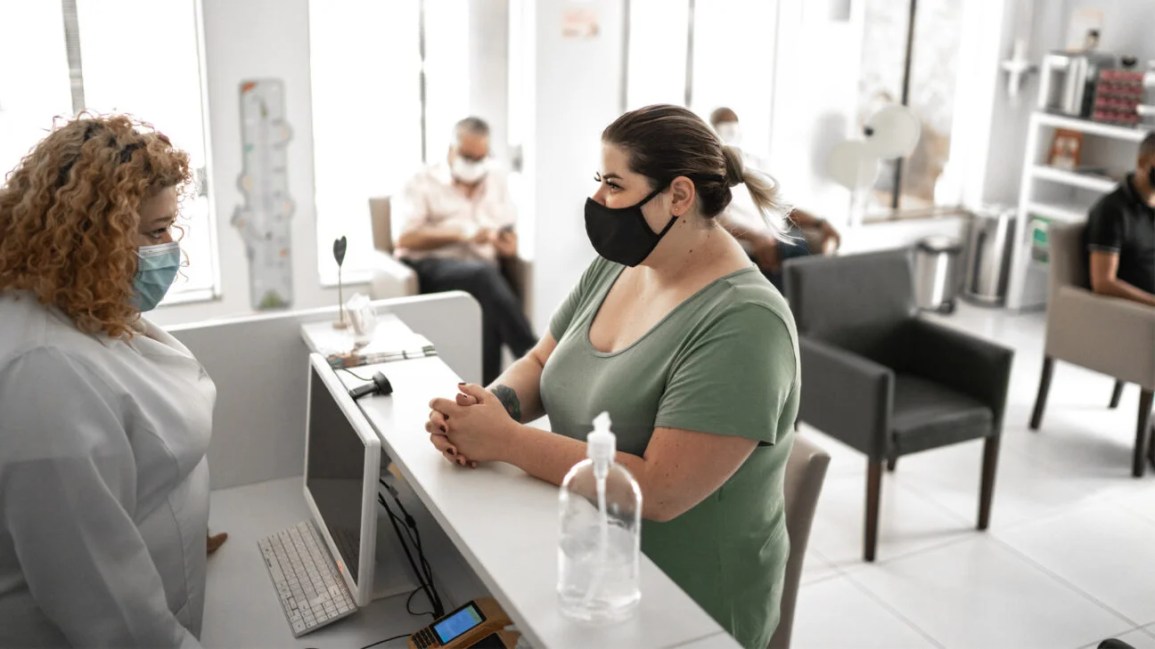Getting tested for sexually transmitted infections (STIs) is a vital part of maintaining overall health and well-being. With the rising rates of STIs and the evolving challenges of treatment, it’s more important than ever to be informed and proactive. Here’s an expanded guide on everything you need to know before scheduling your STI test.

A Growing Public Health Concern
According to the Centers for Disease Control and Prevention (CDC), there are approximately 20 million new STI cases each year in the United States, a figure that highlights the urgent need for public awareness and education. Contributing factors include the opioid crisis, which can lead to higher-risk behaviors, as well as reduced funding for STI testing and education. Compounding the issue, certain infections like gonorrhea are becoming increasingly resistant to antibiotics, making treatment more challenging.
Who Should Get Tested?
STI testing is essential for anyone who is sexually active, regardless of age. It is a misconception that young people are the only demographic at risk. While individuals aged 15 to 24 account for half of new STI cases annually, adults of all ages are susceptible.
People with specific risk factors, such as men who have sex with men or individuals with multiple sexual partners, should be tested more frequently. Regular testing ensures early detection and treatment, reducing the risk of long-term complications.
Frequency of Testing
The frequency of STI testing depends on several factors:
Annual Testing: Recommended for sexually active individuals under 25 or anyone at increased risk.
HIV Testing: At least once in a lifetime for all individuals; more frequent for high-risk groups.
Routine Screenings for PrEP Users: Individuals on pre-exposure prophylaxis (PrEP) for HIV prevention should get tested every three months.
It’s crucial to note that most STIs have a "window period," during which infections may not be detectable. Testing schedules should account for this period to avoid false-negative results.
Prevention Strategies
Prevention remains the most effective way to manage STI risks.
PrEP and PEP: For individuals at risk of HIV, PrEP is over 90% effective when taken daily. Post-exposure prophylaxis (PEP) can further reduce risks if initiated within 72 hours of exposure.
Condom Use: While not foolproof, condoms are a reliable way to prevent many STIs.
Vaccinations: Vaccines for HPV and hepatitis B offer protection against these common infections.
Honest Communication is Key
Transparency with healthcare providers is essential. Discussing symptoms, sexual behaviors, and concerns openly ensures appropriate testing and treatment. Concealing information can lead to undiagnosed or misdiagnosed conditions, potentially causing further harm.
STI Testing as Routine Healthcare
STI testing is a standard aspect of healthcare, much like regular dental checkups or physical exams. It is a misconception that only individuals with multiple partners or symptoms need testing. In fact, some infections, like human papillomavirus (HPV), are so common that up to 75% of adults may contract them during their lifetime.
The Cost and Accessibility of Testing
Testing is widely available and often affordable. Options include clinics, public health departments, primary care providers, and organizations like Planned Parenthood. Some services offer free or low-cost testing based on income.
At-home testing kits are also becoming popular, but it’s important to choose FDA-approved options to ensure accuracy.
Managing Anxiety Around Results
Waiting for results can be stressful, but it’s important to remember that most STIs are treatable. Even chronic infections like HIV can be managed effectively with modern medication, allowing individuals to live full, healthy lives.
Many health centers now use technology to reduce anxiety, offering apps that deliver results directly to your smartphone. This provides a secure and immediate way to access information and take the next steps if needed.
Partner Communication
If you test positive for an STI, informing your sexual partners is crucial. This allows them to seek testing and treatment, preventing further transmission. While these conversations can be uncomfortable, they are a necessary part of responsible sexual health.
Stigma Around STIs
The stigma surrounding STIs often prevents individuals from seeking testing and treatment. It’s important to recognize that contracting an STI doesn’t diminish one’s worth or value. Normalizing STI discussions and promoting education can help reduce the shame and fear that many people feel.
Embracing a Positive Approach to Sexual Health
Sexual health is an integral part of overall well-being. By normalizing STI testing, practicing safe sex, and fostering open communication with partners and healthcare providers, individuals can enjoy safer and more fulfilling sexual experiences.
Remember, taking control of your sexual health through regular testing is a sign of responsibility and self-care. Whether you're taking preventive measures or seeking treatment, staying informed and proactive is key to a healthier, more confident future.

